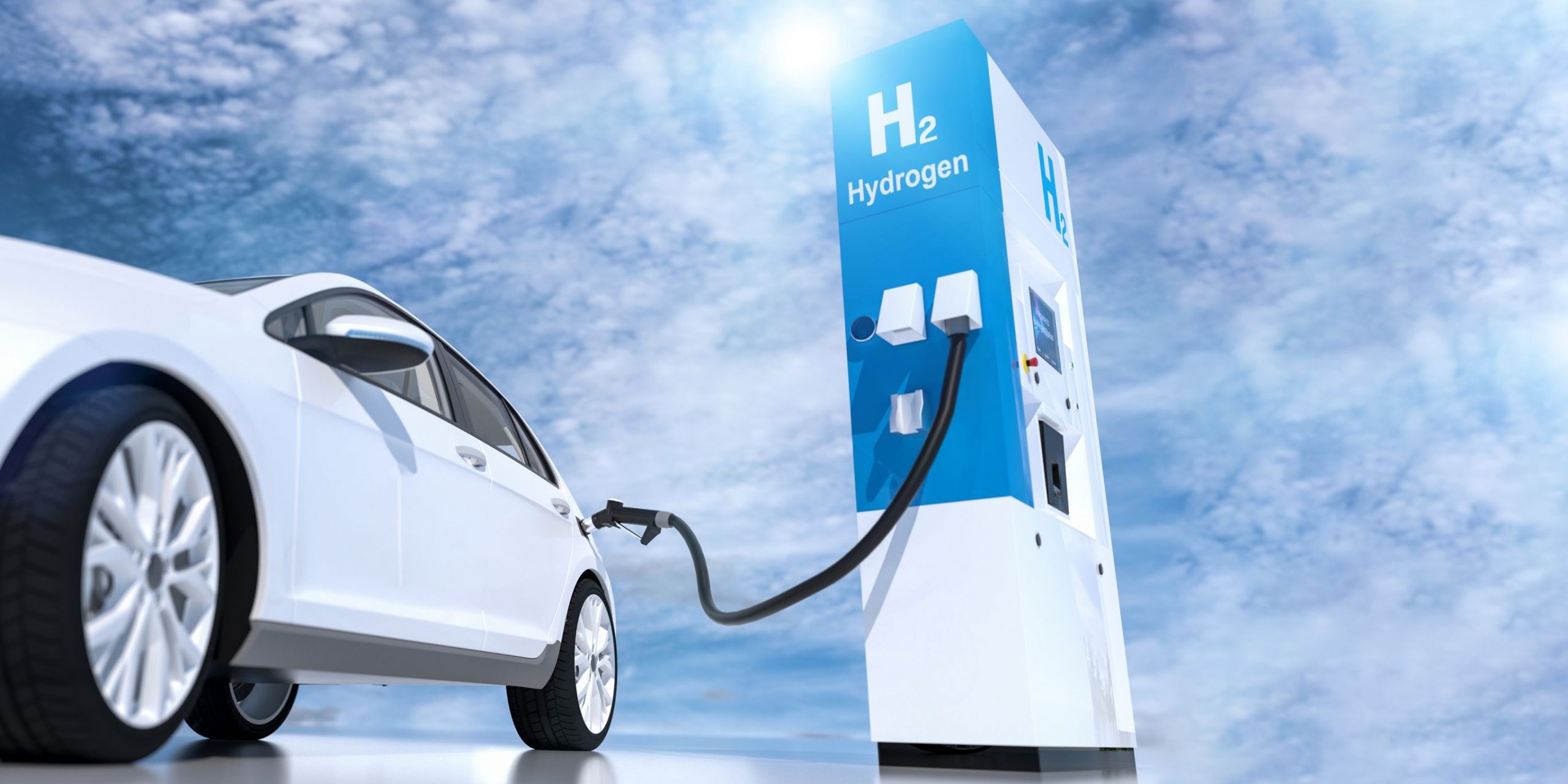It may seem that hydrogen vehicles are a recent discovery, but actually they already existed in 1900 to address the shortage of fuels during world war first.
After this period hydrogen cars seemed to have disappeared for a while and will have to wait until 1966 before the appearance of the electrovan which had a range of 95 km and could reach the speed of 110km/h.
The interest for hydrogen vehicles kept increasing around the world and in 1973 there was the first international hydrogen conference at Miami and in this same period the International Association for Hydrogen Energy was also created , this interest in hydrogen and sustainable resources in general has also been heightened by the the alarm raised by the club of Rome following the famous hubbert peak chart which led to the oil crisis of 1979.
After the first oil crisis in 1979 ended people lost their interest in hydrogen again and it seemed that the usage of hydrogen was only limited to larger vehicles such as buses or trucks , in fact the only brand to present a new car prototype in this period was Mazda with the hydrogen rotary experimental which had a range of 190km and could reach the speed of 130 km/h.
Finally, after the growing concern for global warming H2 research had a new impetus and like in the 60s the first to take action are small companies , in 1991 Roger Billings converted a ford fiesta for mail delivery and after 1993 governments began allocating money for h2 research not only in europe but pretty much everywhere around the world.
In 1994, Toyota and Mercedes had a monopoly on hydrogen vehicles until in the mid-90s Nissan and Mazda returned to challenge the two giants officially starting the h2 economy that reached peugeot and renault towards the end of the decade who closed an agreement with De Nora for the making of fuel cells.
At the beginning of the new century, h2 economy collapsed again after the spread of criticism that hydrogen was nothing more than a gimmick to sell bigger vehicles at higher prices , also according to this criticism since we are not able to produce h2 using renewable resources the amount of co2 needed to produce the h2 would be the same as that produced by the exhaust gases .
However, the criticisms did not stop the development of this technology which with the advent of the 3rd millennium continued to become more and more important with announcements of new vehicles by many brands, but suddenly after 2010 no one talks more about h2 justifying the change of interests of the car manufacturers due to the high production prices and the absence of a distribution network.
Lorenzo Massaro, III I
